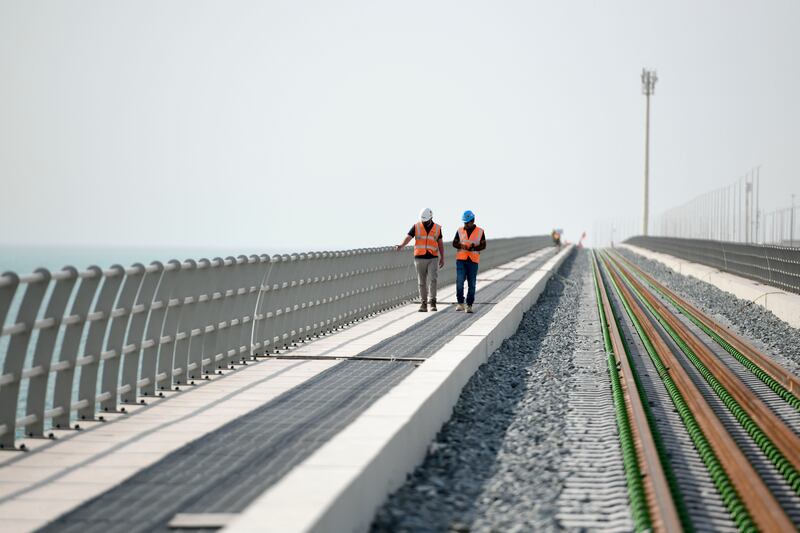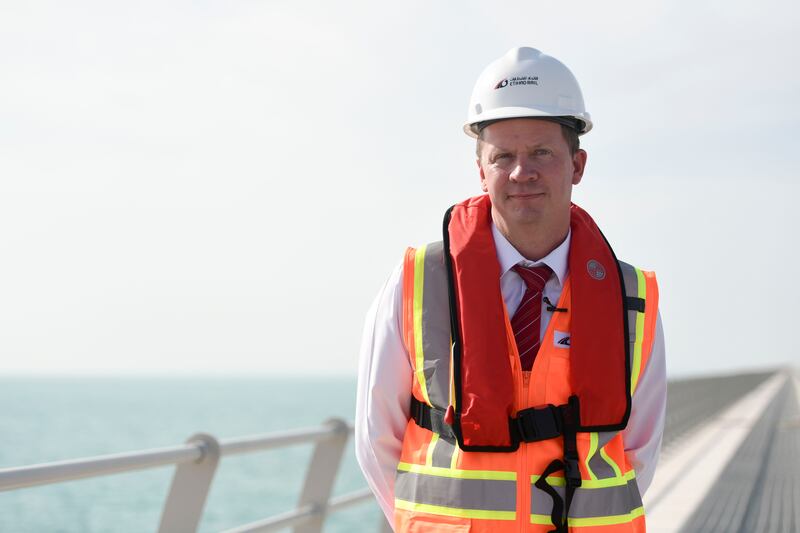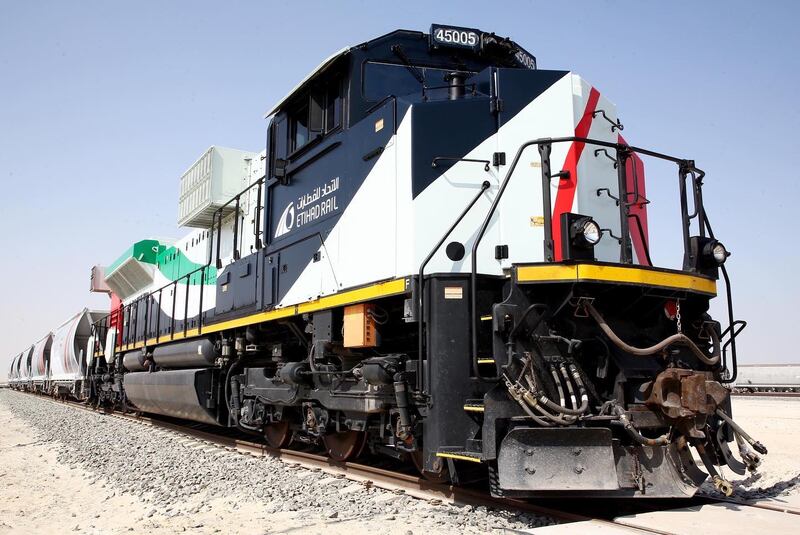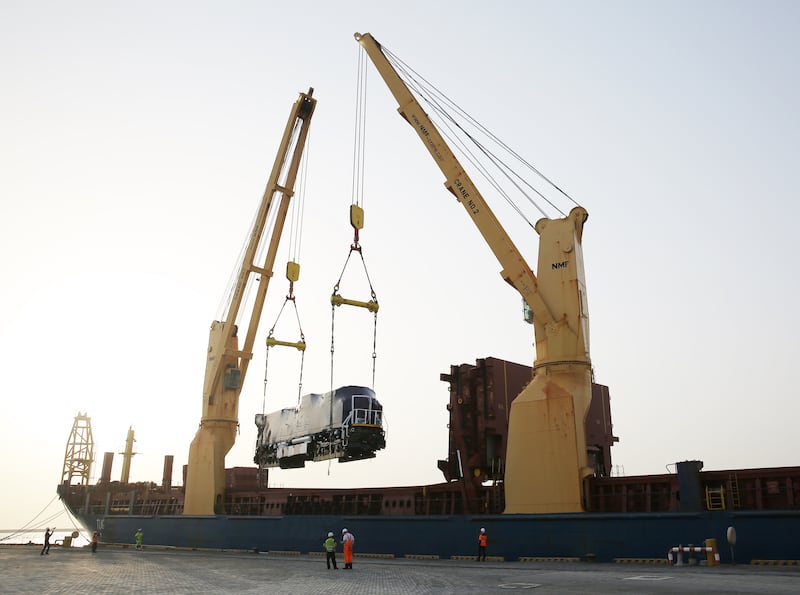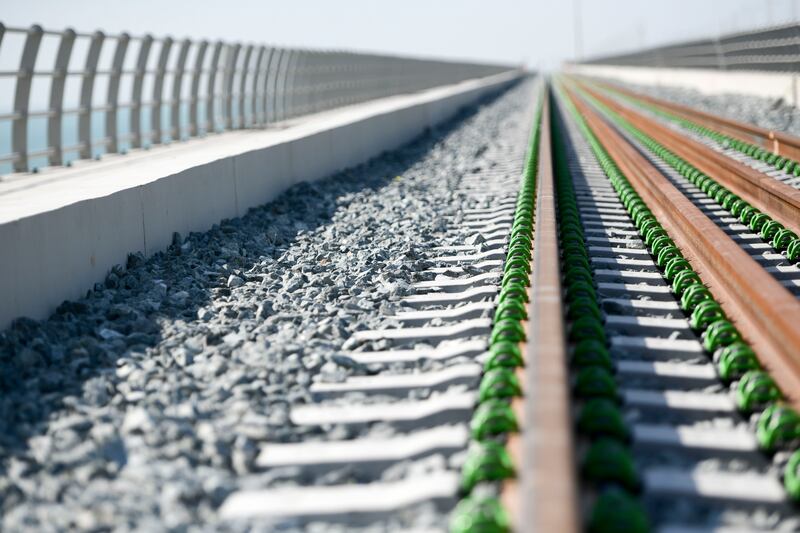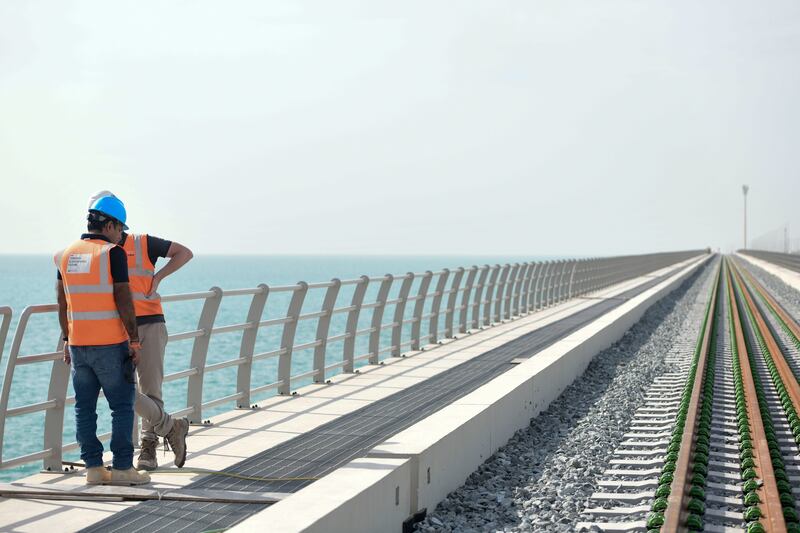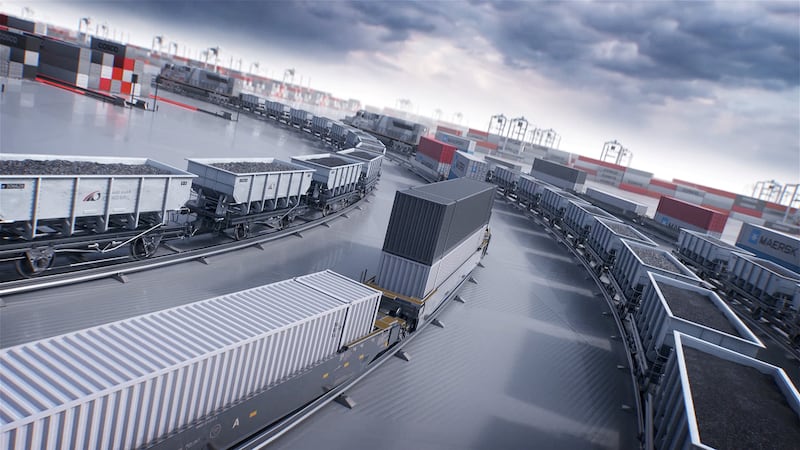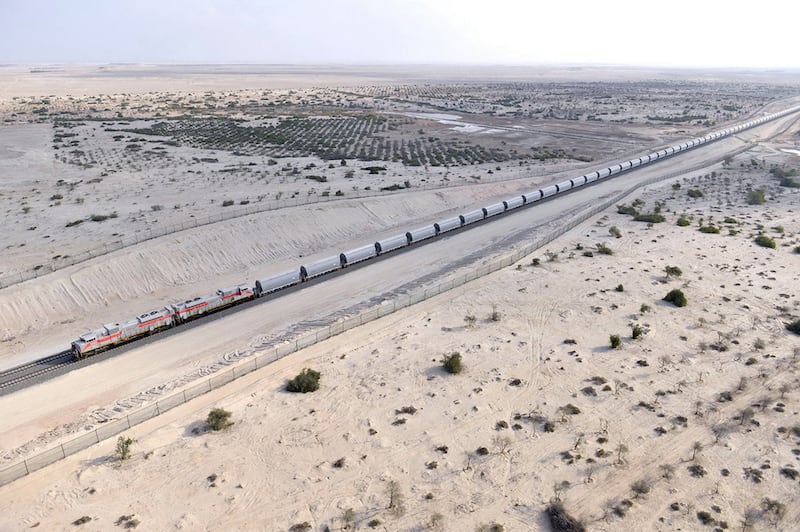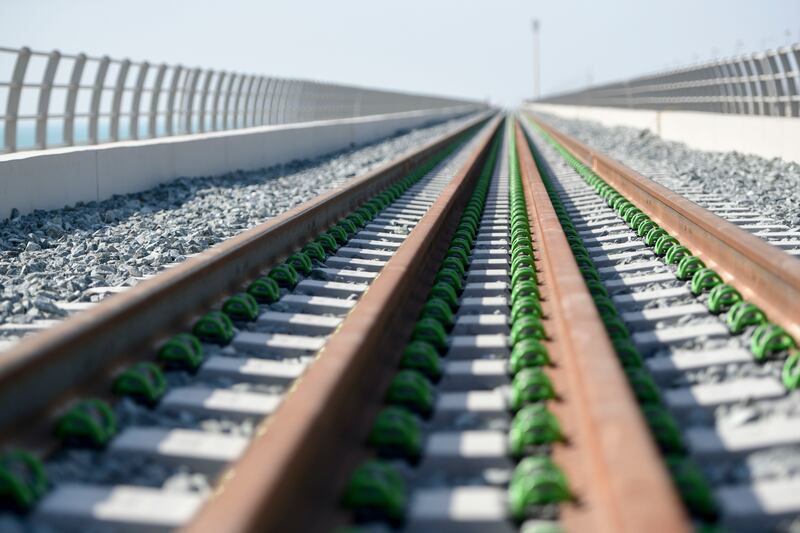It is little more than a few hundred metres long, but its impact is soon likely to be felt across the Gulf region, spanning thousands of kilometres.
The UAE’s first marine bridge, once operational, will connect Abu Dhabi’s Khalifa Port to the emirate’s mainland, with trains carrying freight from the port’s large container facility to key centres across the country and beyond.
The bridge is one of Etihad Rail’s most anticipated projects, and Stage 2 of a greater mission to connect the region. It will ensure that goods are transported in a more efficient and sustainable way. For instance, each fully loaded train to cross the bridge will take 300 lorries off the road. The resulting reduction in costs of freight and trade, besides the benefits accrued to the environment, is important not least for the positive impact it is expected to have on trade as well as its contribution to the region’s overall economic well-being.
In the longer-term future, it will also elevate the status of Khalifa Port as a global trade hub.
Over the past two years, much of the public gaze has fallen on the progress being made on Etihad Rail’s UAE-wide passenger rail route. This is understandable: ferrying 36.5 million people by 2030 across the breadth of the country, which is one of the targets that the project has set out to achieve, will be no small accomplishment.
However, it bears reminding that just as strategically important for the UAE is the ability to move freight rapidly across the country and, one day, to other countries in the Gulf. This aspect of Stage 2 is, in a sense, a natural extension of Stage 1 of the project: the construction of a 264-kilometre line for the purpose of transporting granulated sulphur from gasfields in Shah and Habshan to an export point in Ruwais every day.
All aboard UAE’s first rail marine bridge
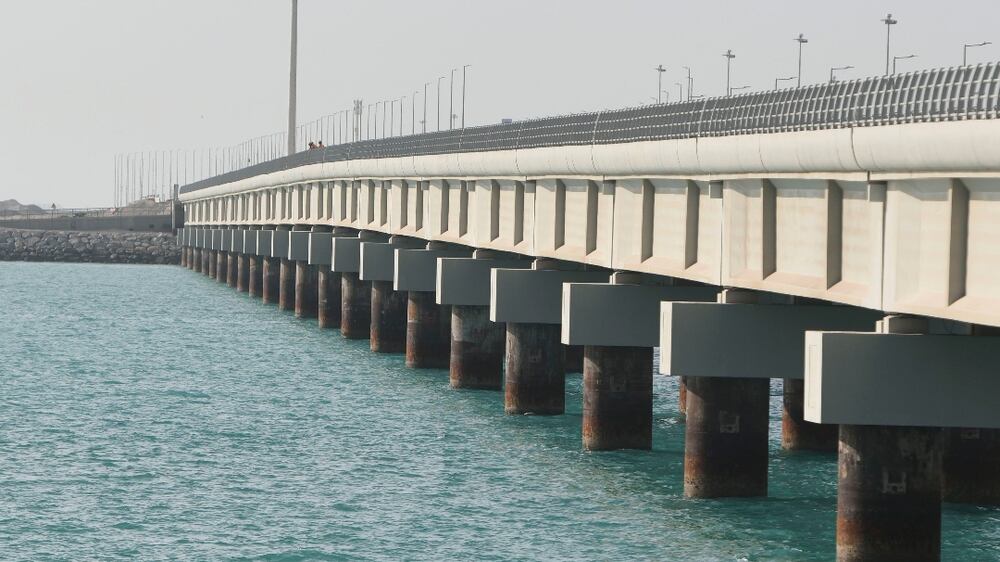
But Stage 2, of a much wider scale, is decidedly more complex. The construction of the bridge, in particular, involved more than 300 workers, spanned a million manpower hours, and required sheer engineering ingenuity. The project, which was completed last October before The National was granted exclusive access to it, had to consider the minutest of details, including protecting the marine environment during the year-long construction.
The completion of the bridge comes at a significant time, particularly as Gulf economies, including that of the UAE, are predicted to make a strong recovery from the Covid-19 pandemic, in an otherwise challenging year for much of the rest of the world.
According to a report published by the UN Economic and Social Commission for Western Asia, the gross domestic product of 22 Arab countries is forecast to grow an average 4.5 per cent in 2023. GCC countries, the report added, are expected to grow at their fastest pace since 2014, expanding 4.6 per cent this year.
Some of this growth is linked to the rise in energy prices in the aftermath of the Ukraine war, but the current situation provides an opportunity for oil-exporting countries to diversify their economies from the energy sector by “investing in projects that generate inclusive growth and sustainable development”, as the report recommended and has been planned for several years in the UAE.
The Etihad Rail network, of which the marine bridge is an integral part, and similar infrastructure projects, will only serve to support these diversification efforts already under way in the UAE and its immediate neighbourhood.

